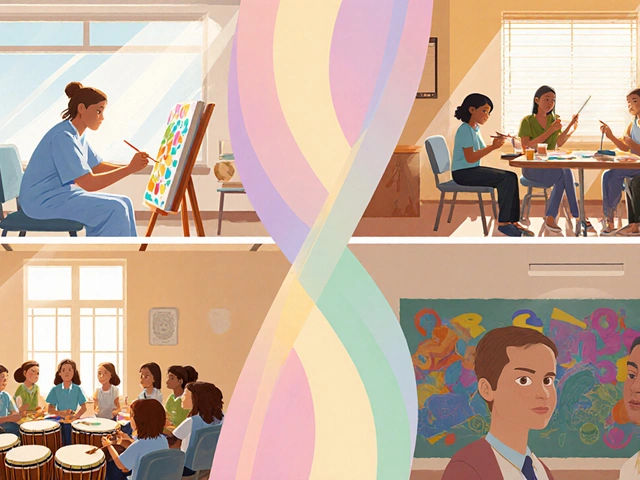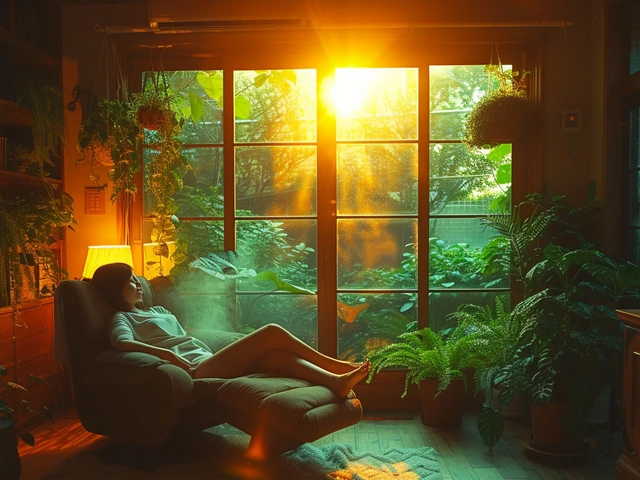Art Therapy: Creative Calm for Pet Owners and Dogs
Art therapy doesn’t require training or materials you can’t find at a grocery store. Short creative sessions reduce stress, sharpen focus, and can make time with your dog feel more relaxed and connected. This page gives quick practices you can try alone and safe, fun activities to do with your dog—no art degree needed.
Quick art therapy sessions for busy owners
If you have five to fifteen minutes, you can reset your mood. Try a 5-minute doodle while sitting with your dog nearby. Use a single colored pencil and draw shapes—no pressure to make something pretty. Breathe slowly and let your hand move. Notice your dog’s breathing and feel the rhythm; matching breaths helps calm both of you.
Another fast option: a one-page gratitude collage. Cut images or words from old magazines that remind you of calm, paste them on a sheet, and hang it where you feed or sit with your dog. That small visual cue can change how you feel during daily routines like walks or grooming.
For extra focus, try mindful coloring. Use a simple adult coloring page and concentrate on one small section for ten minutes. This lowers mental chatter and helps you stay present with your pet.
Safe creative activities to do with your dog
Paw-print art is a classic, but safety comes first. Use non-toxic, water-based paints made for children or edible dog-safe paints (plain yogurt mixed with natural food coloring works for keepsakes). Place a non-slip mat on the floor, have towels ready, and limit the session to a few gentle presses. Reward your dog with a treat right after to build a positive link.
If your dog is nervous, skip paw painting. Try scent art: place different safe scents (a lavender sachet, a small rosemary sprig, a piece of carrot) on a cardboard sheet and let your dog explore. Attach lightweight items with low-tack tape so your dog can nudge them. This builds curiosity and provides mental enrichment without physical stress.
Texture boards are another low-stress option. Glue fabric scraps, soft brushes, and safe rubber mats to a board and let your dog sniff and touch while you sketch or paint nearby. The shared space creates calm togetherness and gives you a focused creative task.
Always watch body language. If your dog backs away, pants, or freezes, stop and try a gentler activity. Keep sessions short, end on a positive note, and clean up materials so curious dogs won’t ingest anything harmful.
Small, regular creative moments change how you handle stress and care for your dog. Try one short exercise this week, note how you feel, and adapt it to your dog’s comfort. If your dog shows persistent anxiety around new objects or activities, check with your vet or a trainer before continuing.
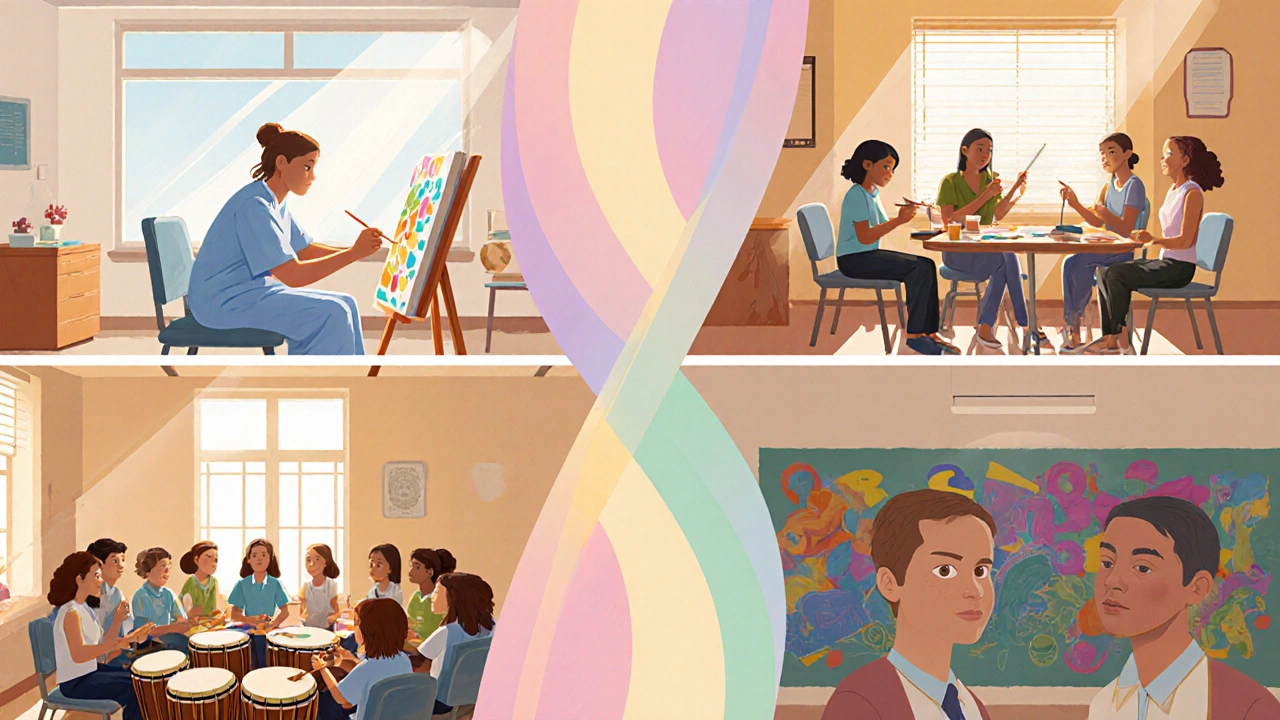
Creative Arts Therapies: How Art, Music, Dance & Drama Boost Mental Health
Explore how creative arts therapies like art, music, dance, and drama can improve mental health, the science behind them, who benefits, and how to get started.
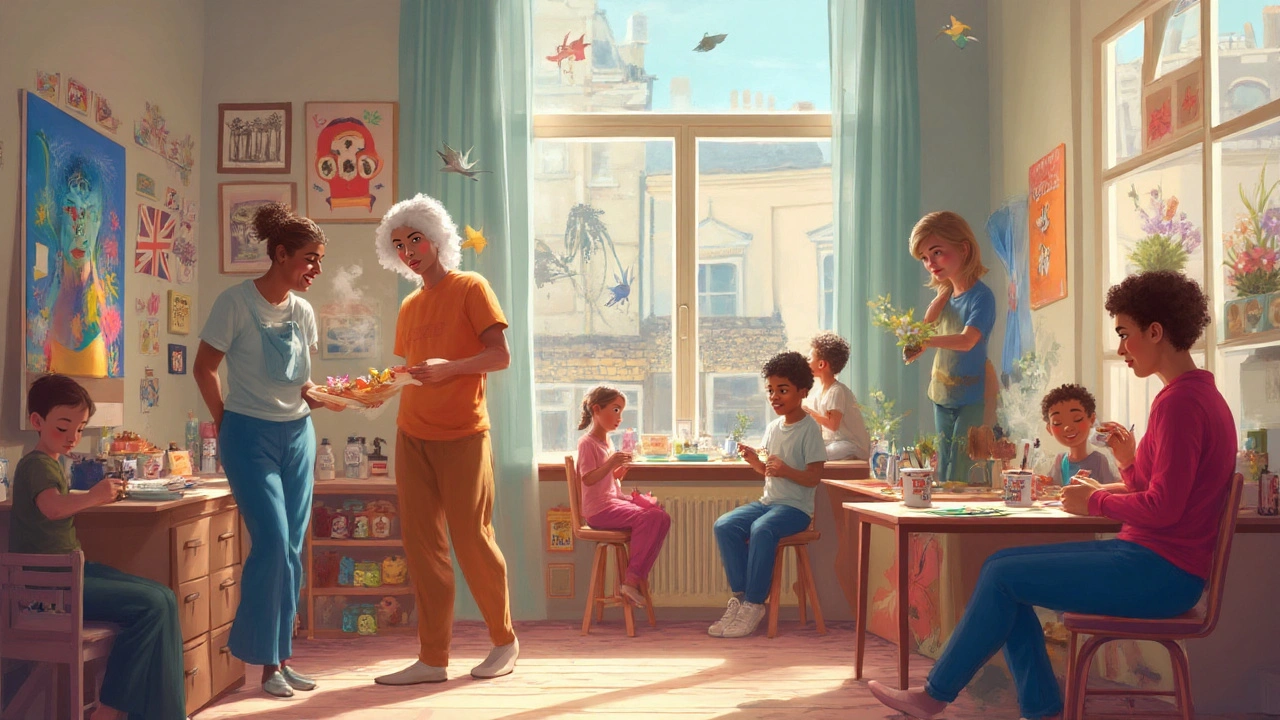
Creative Arts Therapies: Unlocking Personal Transformation
Explore how creative arts therapies harness art, music, movement, and drama to drive personal transformation and improve mental wellbeing.
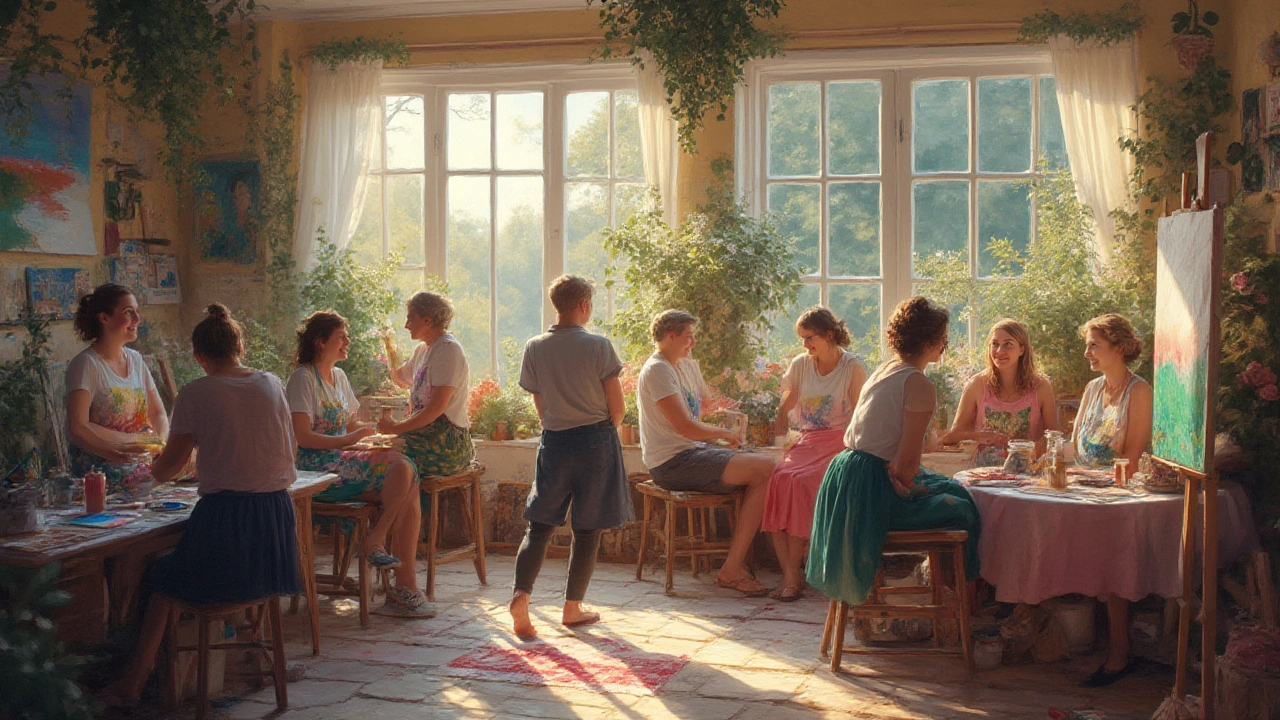
Unlock the Healing Power of Creative Arts Therapies for Better Mental Health
Discover how creative arts therapies tap into art, music, and movement to boost mental health, reduce stress, and inspire healing for anyone craving a sense of balance.
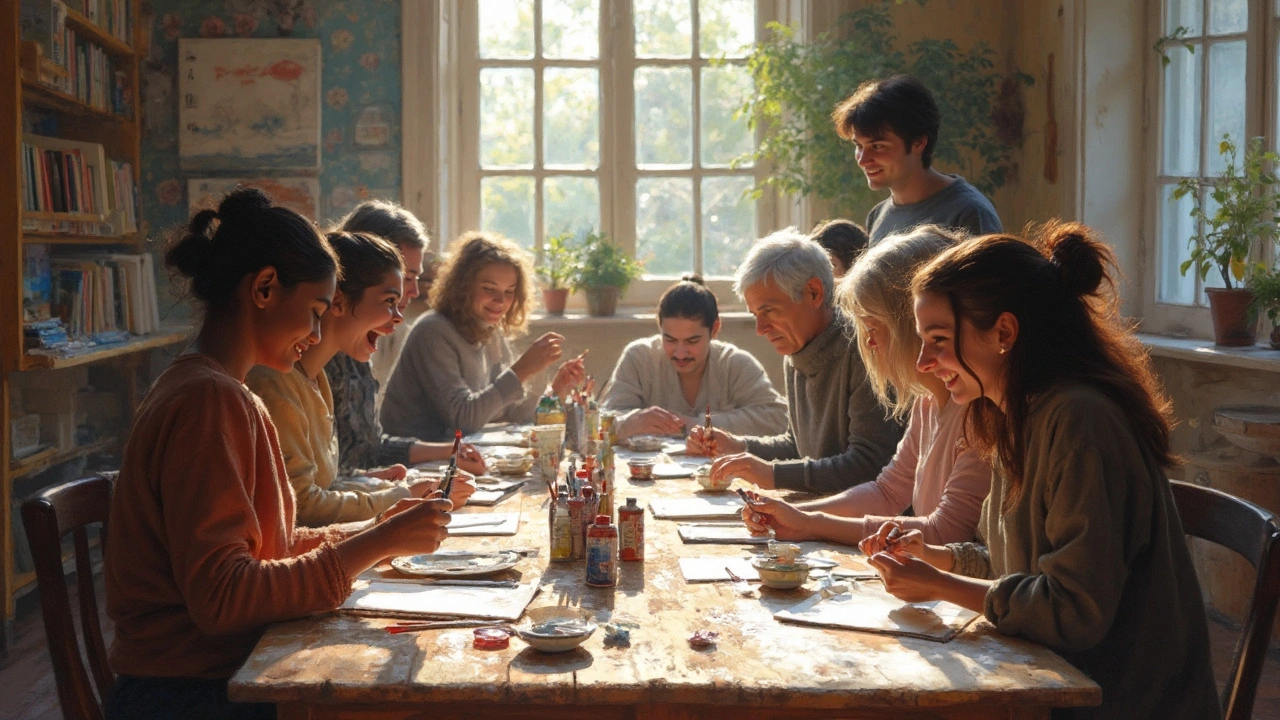
Healing Power of Art: How Creative Arts Therapies Boost Wellbeing
Creative arts therapies tap into painting, music, dance, and writing to help people recover from stress, trauma, and mental health challenges. This article breaks down how and why art can heal, what happens in a therapy session, and who benefits most from these approaches. Along the way, you'll find real stories, surprising research, and practical advice to try right away. If you've ever doodled to relax or listened to a song on repeat for comfort, you'll see why the science backs you up. These therapies are more accessible than you might think.
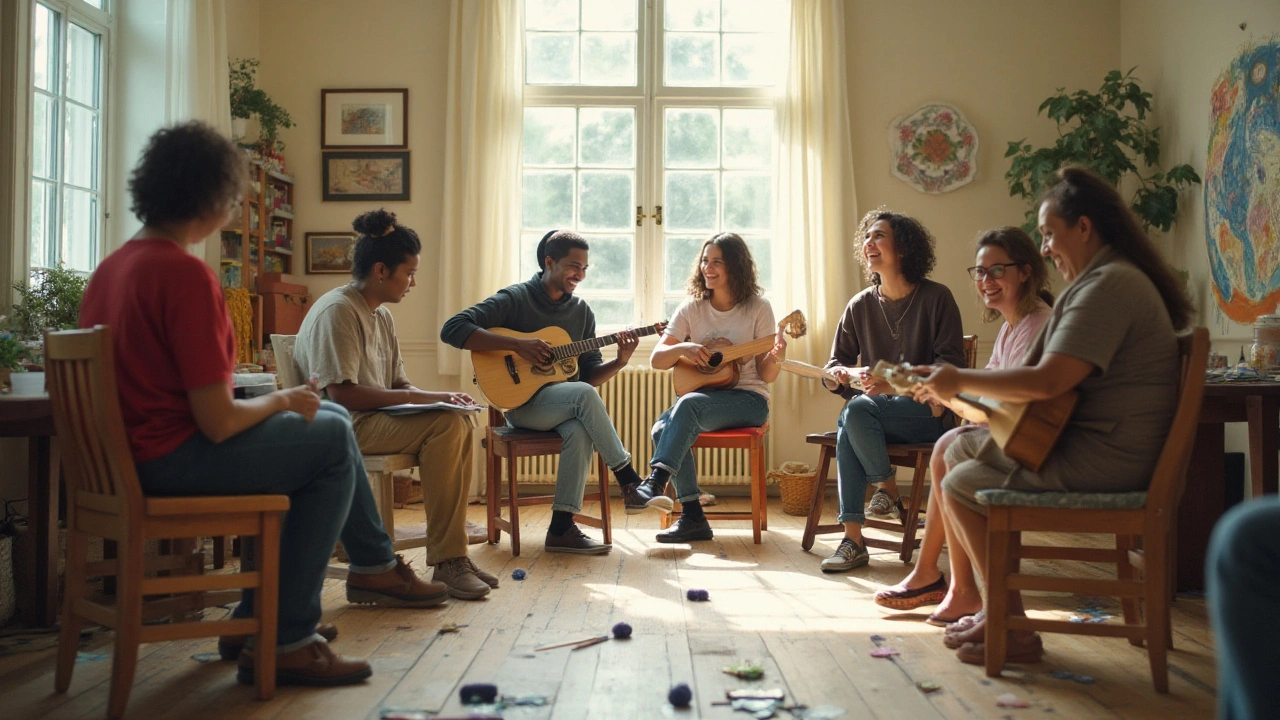
Creative Arts Therapies: Unlocking the Power of Art for Healing
Creative arts therapies offer unique approaches to healing and personal development using the transformative power of the arts. These therapies encompass a variety of practices, including art therapy, music therapy, dance therapy, and drama therapy, each designed to improve emotional well-being and mental health. By tapping into creative expression, individuals can process emotions, communicate non-verbally, and discover new insights about themselves. Whether for stress relief, trauma recovery, or personal growth, creative arts therapies provide supportive environments for individuals to explore their inner worlds. This exploration helps foster resilience, empathy, and healing.

Enhance Well-being with Creative Arts Therapy Techniques
Creative Arts Therapies offer numerous benefits for mental well-being, utilizing various artistic expressions such as music, painting, and dance to foster emotional and mental health. These therapies provide an avenue for self-expression and can help address a wide range of mental health issues. Discover how engaging in creative arts can positively impact your mental health and learn some useful tips to incorporate into your everyday life.
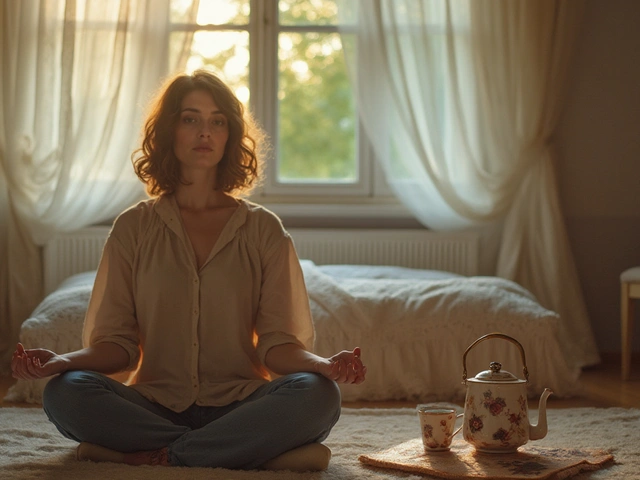
How Meditation Techniques Boost Your Sleep Quality
Jan, 22 2025

